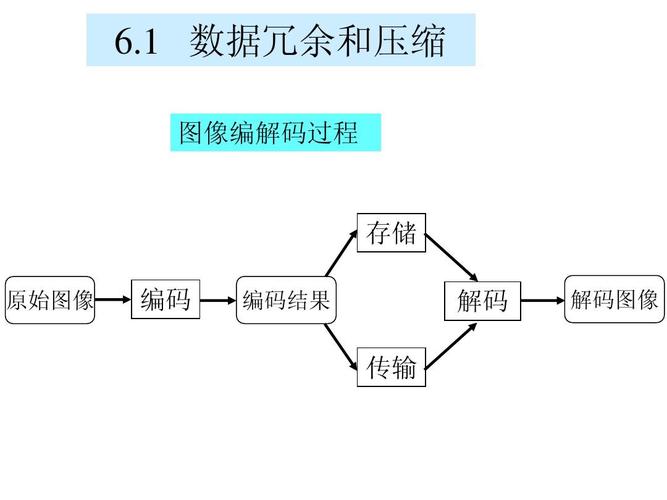Title: Understanding CNC Programming and PMC Programming in Manufacturing
In modern manufacturing, Computer Numerical Control (CNC) and Programmable Logic Controllers (PLCs) play pivotal roles in automating and controlling machinery. CNC programming focuses on controlling machine tools and manufacturing processes, while PLC programming (Programmable Machine Control or PMC) deals with automating processes within the manufacturing environment. Let's delve into each concept and explore their significance in manufacturing.
CNC Programming
CNC programming involves creating a set of instructions that control the movement of machine tools and execute manufacturing processes with precision. These instructions are typically written in a machinespecific language, such as Gcode or Mcode, and are interpreted by the CNC machine's controller.
Key Components of CNC Programming:
1.
Gcode and Mcode:
Gcodes dictate the movement and positioning of machine tools, while Mcodes control auxiliary functions such as coolant flow or spindle speed.
2.
CAD/CAM Software:
ComputerAided Design (CAD) and ComputerAided Manufacturing (CAM) software are used to design parts and generate toolpaths, which are then translated into Gcode for CNC machines.
3.
Tooling and Workholding:
CNC programmers must consider the selection of cutting tools, toolpath optimization, and the design of fixtures or workholding devices to ensure efficient and accurate machining.

4.
Safety Protocols:
Understanding safety protocols is crucial to prevent accidents and ensure the wellbeing of operators and equipment. This includes knowledge of emergency stop procedures, machine guarding, and proper tool handling techniques.
Advantages of CNC Programming:
1.
Precision and Accuracy:
CNC machines can repeatedly execute complex operations with high precision, leading to consistent quality in manufactured parts.
2.
Flexibility:
CNC programming allows for quick reconfiguration of manufacturing processes, enabling rapid prototyping and production of customized components.
3.
Automation:
By automating machining processes, CNC programming reduces labor costs, minimizes human error, and increases productivity.
Challenges in CNC Programming:
1.
Skill Requirement:
Proficiency in CNC programming demands a comprehensive understanding of machining principles, tooling strategies, and programming languages.
2.
Machine Limitations:
Different CNC machines have varying capabilities and limitations, necessitating adjustments in programming techniques and toolpath optimization.
PMC Programming
Programmable Machine Control (PMC), also known as PLC programming, involves designing and implementing control logic for automated systems within the manufacturing environment. PLCs are specialized industrial computers used to monitor inputs, make decisions based on predefined logic, and control outputs such as motors, valves, and sensors.
Key Components of PMC Programming:
1.
Logic Development:
PMC programmers create ladder logic diagrams or use programming languages like Function Block Diagrams (FBD) or Structured Text (ST) to develop control logic for PLCs.
2.
Input/Output Modules:
Understanding the functionality of input and output modules is essential for interfacing PLCs with sensors, actuators, and other peripherals.
3.
Communication Protocols:
PLCs often communicate with other devices or systems using protocols like Modbus, Profibus, or Ethernet/IP, requiring knowledge of networking principles.
4.
Fault Diagnosis and Troubleshooting:
PMC programmers must be adept at diagnosing faults, debugging programs, and implementing corrective measures to ensure continuous operation.
Advantages of PMC Programming:
1.
Reliability:
PLCs offer robustness and reliability in industrial environments, with features like fault tolerance and redundant systems to ensure uninterrupted operation.
2.
Scalability:
PMC systems can be easily expanded or modified to accommodate changes in manufacturing processes or production requirements.
3.
Remote Monitoring and Control:
Many PLCs support remote monitoring and control capabilities, allowing operators to oversee and adjust processes from a centralized location.
Challenges in PMC Programming:
1.
Complexity:
Developing and debugging PLC programs can be complex, especially in largescale systems with interconnected components.
2.
Interfacing with Legacy Systems:
Integrating PLCs with older or proprietary equipment may pose compatibility challenges, requiring innovative solutions and retrofitting techniques.
Conclusion
In summary, CNC programming and PMC programming are integral aspects of modern manufacturing, enabling automation, precision, and efficiency in production processes. While CNC programming focuses on controlling machine tools and executing machining operations, PMC programming deals with automating broader aspects of manufacturing systems. By mastering these disciplines, manufacturers can optimize their operations, enhance product quality, and stay competitive in today's dynamic marketplace.
Would you like to delve deeper into any specific aspect of CNC or PMC programming? Feel free to ask!
文章已关闭评论!
